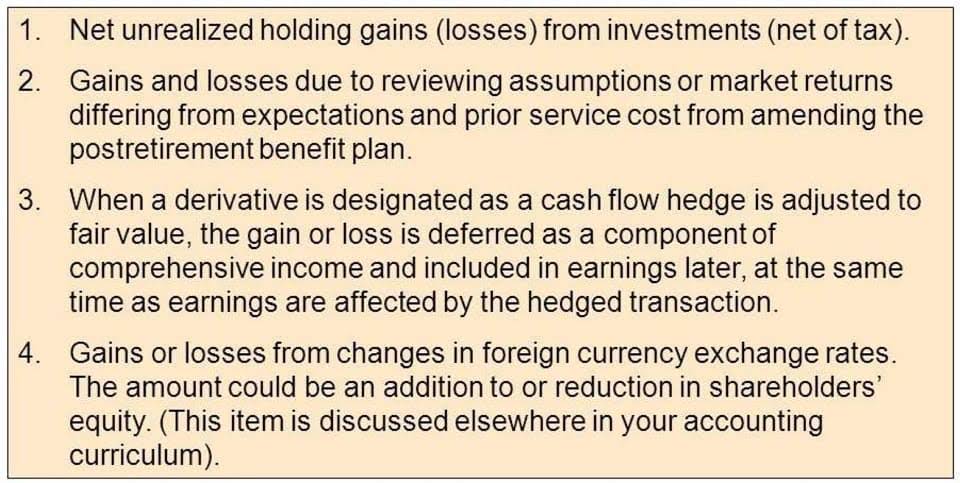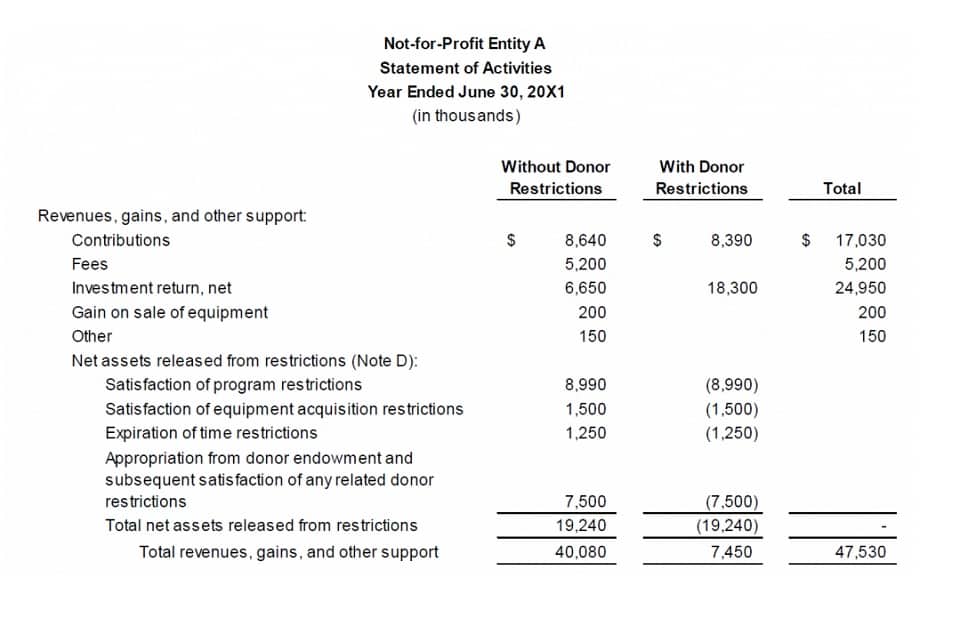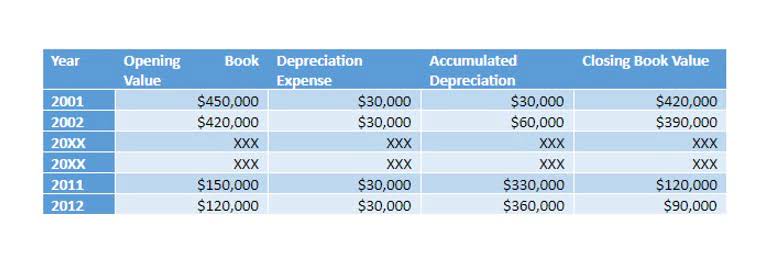
Using accrual accounting means revenue recognition must match up with when a company actually earns its money. The introduction of ASC 606 led to stronger revenue recognition standards. These standards help ensure financial consistency across different industries. You must use adjusting entries at the end of an accounting period to ensure your business’s revenues and expenses are accounted for correctly.

Prepaid Expenses
- Rather than immediately expensing costs as they are incurred, costs are capitalized on the balance sheet and gradually expensed over time as revenues are earned.
- This ensures that the financial statements provide an accurate and reliable picture of the financial performance of a company over time.
- Retained earnings represent the accumulated profits and losses of a company over time.
- The matching idea states that the expenses documented in a company’s financial accounts must be matched to the revenues made during the same period.
- The matching principle (also known as the expense recognition principle) is one of the ten Generally Accepted Accounting Principles (GAAP).
- This expense would be offset by the machine’s revenue in the same period, ensuring that the company accurately reflects the asset’s true economic benefit to the company in each period.
The business calculates sales commissions on a monthly basis and pays its agents in the following month. Certain financial elements of business also benefit from the use of the matching principle. The matching principle allows distributing an asset and matching it over the course of its useful life in order to balance the cost over a period. Businesses primarily follow the matching principle to ensure consistency in financial statements. The principle is at the core of the accrual basis of accounting and adjusting entries.
The Broad Impacts of Matching Principle on Financial Statements
- This allows for the matching of revenue with the costs incurred to provide the service.
- Before diving into the intricacies of matching and revenue recognition, let’s start by understanding the basics of accounting.
- All this means is that the accountants figure out how long the asset is likely to be in use, take the appropriate fraction of its total cost, and count that amount as an expense on the income statement.
- The matching principle is integral to accrual accounting, ensuring financial reports accurately reflect a company’s financial dynamics.
- By matching expenses with the related revenue, companies can accurately assess their profitability and make better decisions.
This adjustment prevents a fictitious increase in the receiving company’s value equal to the increase in its inventory (assets) by the cost of the goods received but not yet paid for. Without such an accrued expense, a sale of these goods in the period they were supplied would lead to unpaid inventory (recognized as an expense but not actually incurred) offsetting the sale proceeds (revenue). This would result in a fictitious profit in the sale period and a ledger account fictitious loss in the payment period, both equal to the cost of goods sold.
Business Services
These businesses report commission expenses on the December income statement. In this case, they report Medical Billing Process the commission in January because it is the payment month. The alternative is reporting the expense in December, when they incurred the expense.

Being a part of GAAP – Generally Accepted Accounting Principles, the matching principle determines the causal relationship between spending and earnings. Expenses incurred for business operations (business expenses) must be accounted for in the same period as revenue derived from those operations. The matching principle is a core element of accrual-basis accounting because it forces you to account for every business expense on a monthly, quarterly, and yearly basis. Skynova’s business accounting software helps you track those expenses with ease, setting you and your business up for success now and in the future. For example, if you pay a 10% commission to your sales representatives at the end of each month and your business sees $50,000 in sales for December, you’ll pay your sales reps $5,000. Businesses operating under a false assumption of how much money they have tend to run up debt, which can be a quick way to see your business fail.
Process payments
Real-time bookkeeping revolutionizes financial management by providing businesses with instant access to up-to-date financial data, improving cash flow tracking, expense management, and profitability analysis. Unlike matching concept traditional bookkeeping, which relies on periodic updates, real-time bookkeeping ensures continuous transaction recording, automated reconciliation, and real-time financial reporting. This allows business owners to make faster, data-driven decisions, reduce errors, enhance tax compliance, and stay audit-ready. The Matching Principle ensures that financial statements accurately reflect a company’s financial performance, helping stakeholders make informed decisions. The matching principle in accounting ensures that expenses are aligned with revenues in the same period, promoting consistency in financial statements and preventing the misrepresentation of financial results.
The Role of the Matching Principle in Accrual Accounting

This differs from cash basis accounting, where revenues and expenses are recognized only when the cash is received or paid out. The matching concept, also known as the matching principle or accrual accounting principle, is a fundamental concept in accounting that guides the recognition of revenues and expenses. It states that expenses should be recognized in the same accounting period as the revenues they help to generate, regardless of when the cash transactions occur. In other words, the matching concept ensures that expenses are matched with the revenues they help to generate in order to accurately reflect the profitability of a business for a given period. By matching revenues with the expenses incurred to generate those revenues, the matching concept provides a more accurate picture of a company’s profitability.
- By matching revenues with related expenses, the matching principle helps avoid distortions in the timing of expense and revenue recognition.
- When revenues are earned before cash is received or expenses are incurred before cash is paid, it is called an accrual.
- It is sometimes difficult to determine where expenses result in revenue when recognized early or late.
- Therefore, on ABC Manufacturing’s income statement for January, the $10,000 revenue will be reported, and the $6,000 in expenses will be deducted from the revenue to calculate the net income for the month.
- You could look at the matching concept in accounting as a blend of accrual accounting methods and the revenue recognition principle.
- This ensures that financial statements reflect the actual economic performance of a business during a period, rather than just cash flows.
This shows the difficulties in applying the principle without a direct revenue-expense link. Implementing the Matching Principle effectively requires a considerable amount of time and resources. Businesses need to invest in detailed accounting systems and processes to track and allocate revenues and expenses accurately. For smaller companies or startups, the requirement for such detailed tracking can be particularly burdensome, diverting resources from other critical areas.
Types of Inventory

Matching revenues and expenses promotes accurate and reliable income statements, which investors can rely on to understand a company’s profitability. For example, if a company purchases machinery for $100,000 with a useful life of 10 years, it can allocate an annual depreciation expense of $10,000 using the straight-line depreciation method. This ensures that the financial statements accurately reflect the assets use and value over time.
